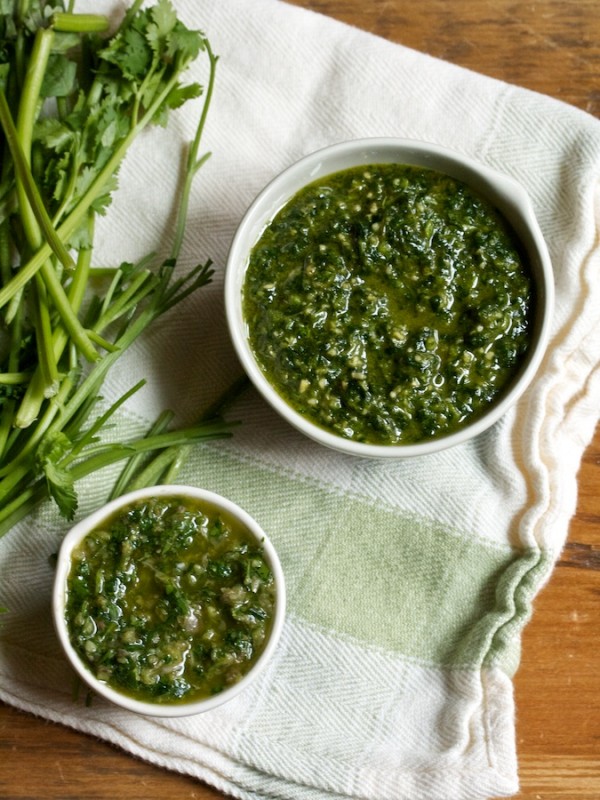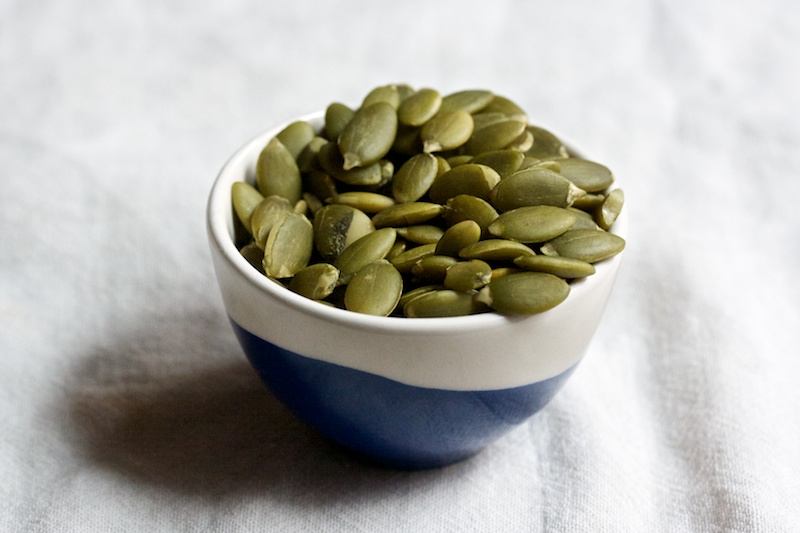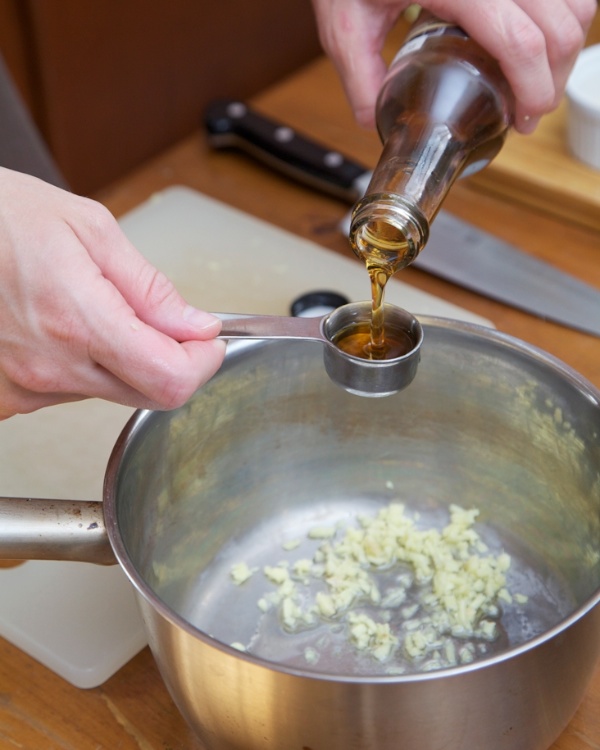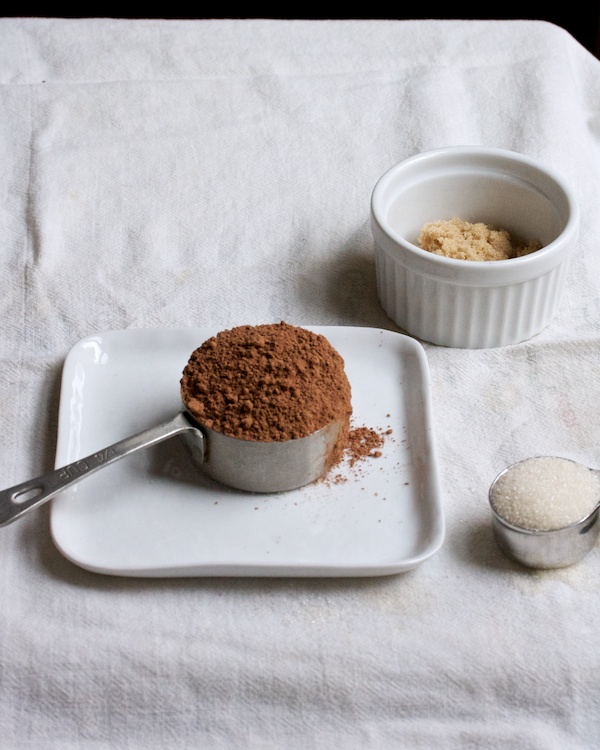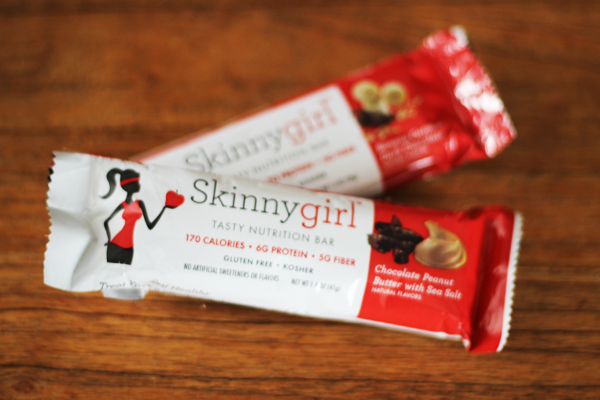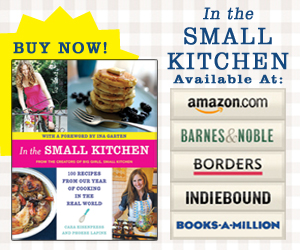The other day, I looked at the price on the box of quinoa and saw a stamp of $7.99. Twelve ounces of Ancient Harvest brand quinoa (by far the best-tasting) had soared up to eight dollars! From 2007 to to 2013, the price per pound of quinoa doubled, but this was the first time I’d seen the box retail for quite that much. I put it back, went home, and started eating farro.
The story makes sense. The rebranding of quinoa as a superfood turned it into a grain we ate all the time. But unlike rice, which has long fed the world’s daily habits and has production mechanisms more able to meet demand, quinoa growing remains the province of Peru and Bolivia. Yield has increased, as have exports, but probably not enough to power the 4.4 million quinoa salad recipes on the internet. So, the price goes up, and maybe those of us who aren’t willing to pay a premium back off.
And where will we go? In case you, too, are reeling from the price hikes, I’ve made some notes on the grains, legumes, and nuts we’re eating instead of our bi-weekly quinoa. In looking to substitute for quinoa, I try to account for two aspects of the seed that have made it so popular: it’s a complete protein, and every bite delivers a lovely caviar-like pop. If you haven’t tried some of the grains I mention below, then quinoa might have one more power: as the gateway grain.


